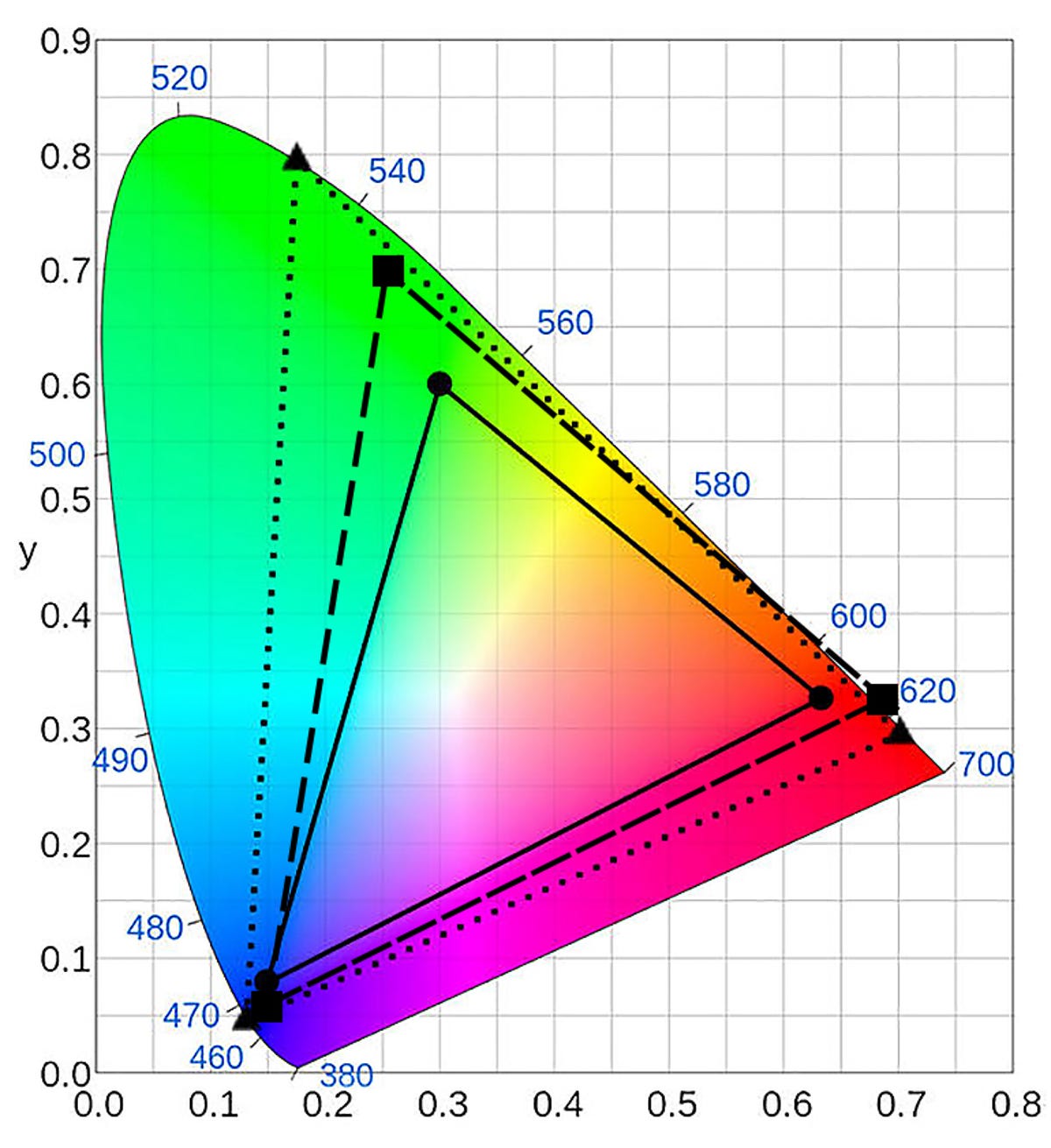Once the hallmark of the high-end, 4K TVs are now coming down in price. In the US on Black Friday, for example, you can get a 60-inch Vizio 4K TV for $800.
At the same time, many of the top picture quality technologies, like that Vizio’s multi-zone local dimming, are becoming increasingly rare in non-4K, (aka 1080p) TVs.
So what does it all mean? In 2015, for the first time, CNET’s highest-recommended models are 4K TVs. Although they didn’t make sense in the past, 4K TVs aren’t stupid anymore.
Here’s why.
Resolution was never enough
Most TVs sold today are still 1080p models, which have a resolution of 1,920×1,080 pixels — the little dots that compose the picture. To qualify as a 4K, or Ultra HD TV, a television generally has to have four times the number of pixels as a 1080p model.
From the very beginning we’ve been saying that the resolution increase, by itself, wasn’t enough to justify the price increase in the new Ultra HD TVs. This was because for the sizes most people buy (around 50 inches) and the distance most people sit (8 to 10 feet; about 2.5 to 3 meters), the difference in detail between 1080p and 4K is pretty much impossible to see.
Which is what lead me to write a series of articles, including why 4K TVs are stupid, and (wait for it) why 4K TVs are still stupid.
That was early 2013. Things have changed. Not, mind you, my feeling that resolution is the least important picture quality improvement we could be going for. That’s still the case, and in test after test we still see evidence that the improvement from 1080p to 4K resolution is really difficult to appreciate.
Other picture quality improvements, and their movement away from non-4K models, represent the real change in the last couple of years.
The demise of the high-end 1080p TV
To look their best, LCDs need two key features: high refresh rate, and local dimming.
Local dimming improves contrast ratios, making the image appear to have more depth and realism. Higher refresh rates (120Hz, 240Hz), help reduce the appearance of motion blur, making the image look sharper (or at least less blurry).
Related Articles
- What is HDMI 2.0a?
- Ultra HD 4K TV color, part I: Red, green, blue and beyond
- Ultra HD 4K TV color, part II: The (near) future
- Why Ultra HD 4K TVs are still stupid
- What is HDR and why should you care?
These two features have been common in high end LCD TVs for years. But now, high end LCD TVs are all 4K TVs.
As 4K TVs become cheaper, the top 1080p TVs will have to get cheaper too. The easiest way to do that is to remove expensive features like…local dimming and high refresh rate panels.
So if you want the best looking LCD, in terms of contrast ratio and motion resolution, it’s going to also be 4K, most likely, as there are fewer and fewer high-performance 1080p TVs.
The good thing is that all the prices are coming down. So a local-dimming 4K TV today costs pretty much the same as a local dimming 1080p TV cost a few years ago.
High-dynamic range & wide color gamut
We’ve talked about this before, but these two upcoming features are by far the most interesting and potentially awesome picture quality advancement since high-definition TV itself.


The smallest triangle (circles at corners) is what your current HDTV can do. The next largest (squares) is P3 color. The largest (triangle edges) is Rec 2020.
Chart by Sakurambo; overlays by Geoffrey Morrison/CNET
To put it as simply as possible, high-dynamic range (HDR) expands the range in which your TV creates light. Bright parts of the image can get much brighter, so the image seems to have more “depth” and realism. Wide color gamut , for its part, expands the range of colors your TV can create, deeper reds, greens, blues and everything in between.
These two improvements, available only on high-end 4K TVs for now, can do more to improve picture quality than mere resolution ever could. Of course, those TVs also require HDR and wide-color TV shows and movies to take full advantage.
For more info, check out our HDR explainer and read up on ultra HD color, part one and part two.
Bottom line
So 4K TVs aren’t stupid anymore. And this is from someone who is, shall we say, infamous, in some circles, for my initial loathing of 4K TVs. What I’ve said all along is that I felt resolution by itself isn’t enough of an improvement for most people to justify the high cost of 4K TVs (given TV sizes and how far people sit from televisions).
But now the cost is lower, and to get the best picture, regardless of resolution, it’s likely going to have to be a 4K TV (thanks to features like local dimming, high refresh rates). Exceptions still exist, like LG’s superb 1080p OLED TVs, but they’re getting rarer every year.
I’m also excited by the idea of what some call “better pixels” instead of just “more pixels.” Demos I’ve seen of HDR and wide-color gamut have me excited — this is what I’ve been hoping for all long.
The next generation of TV is finally coming, and yes, it also happens to be 4K.
Got a question for Geoff? First, check out all the other articles he’s written on topics such as why all HDMI cables are the same, LED LCD vs. OLED vs. Plasma, why 4K TVs aren’t worth it and more. Still have a question? Send him an email! He won’t tell you what TV to buy, but he might use your letter in a future article. You can also send him a message on Twitter @TechWriterGeoff or Google+.




